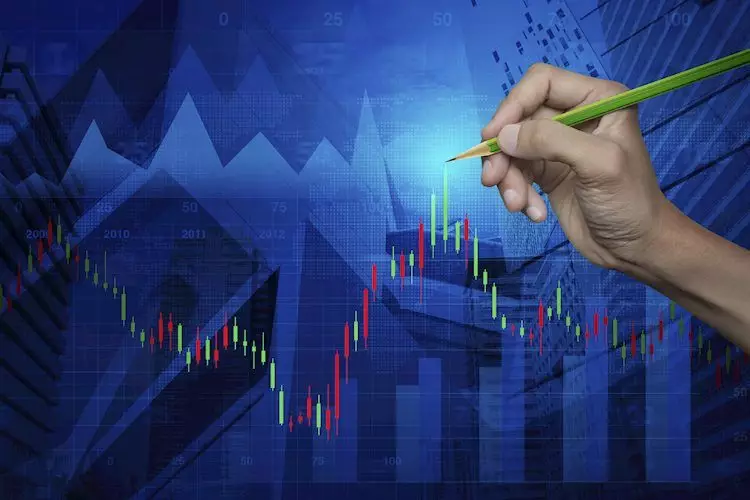In the 21st century, technological advancements have permeated almost every aspect of our lives, fundamentally altering the way we communicate, work, and interact with the world. This article delves into the impact of this transformation, exploring both the benefits and challenges that come with our increasing reliance on technology.
Communication has undergone significant transformations due to technology. The introduction of mobile phones and the internet has bridged geographical gaps, allowing instant contact with people anywhere across the globe. Social media platforms have revolutionized personal interactions, enabling users to share experiences in real-time. However, this immediacy does not necessarily equate to quality. Many modern conversations lack depth, as the rise of texting and social media often reduces nuanced communication to mere emojis and abbreviated messages. This shift raises critical questions about the long-term implications for interpersonal skills, particularly among younger generations who have been raised in a digital-first environment.
Technology has also redefined the workplace. Remote work has become a norm rather than an exception, especially following the COVID-19 pandemic. Tools such as Zoom, Slack, and other project management software have created a virtual office space, promoting flexibility and work-life balance. This transition has empowered employees, but it has also blurred the lines between professional and personal lives, leading to increased instances of burnout. Furthermore, the reliance on technology has instigated a shift in employment dynamics, with automation threatening traditional jobs while simultaneously creating demand for new skill sets. Consequently, workers must continuously adapt to stay relevant in a rapidly changing job market.
Our health has also been impacted by technology, both positively and negatively. On one hand, telehealth services have made healthcare more accessible, allowing individuals to connect with providers without physical appointments. Wearable technology enables users to monitor their health metrics, promoting self-awareness and proactive health management. On the other hand, excessive screen time and sedentary lifestyles fostered by technology contribute to a plethora of health issues, including anxiety, depression, and obesity. This paradox illustrates a critical need for a balanced approach to technology usage, especially in fostering a healthy lifestyle.
Moreover, the environmental impact of technological advancement cannot be overlooked. While innovative technologies have led to sustainable solutions in many industries, they have also significantly increased electronic waste. The rapid pace of innovation encourages a culture of disposability, leading to overconsumption and ecological degradation. Therefore, harnessing technology in a manner that promotes environmental sustainability is crucial for future generations.
Technology has become an inextricable part of our daily existence, offering remarkable benefits along with new challenges. As the landscape continues to evolve, it is essential to navigate this complex relationship thoughtfully. Striving for a balance between embracing innovation and maintaining human connection, mental well-being, and environmental health will determine the quality of our future technological experiences. It is not merely about the progress made, but also how we choose to utilize it responsibly.

